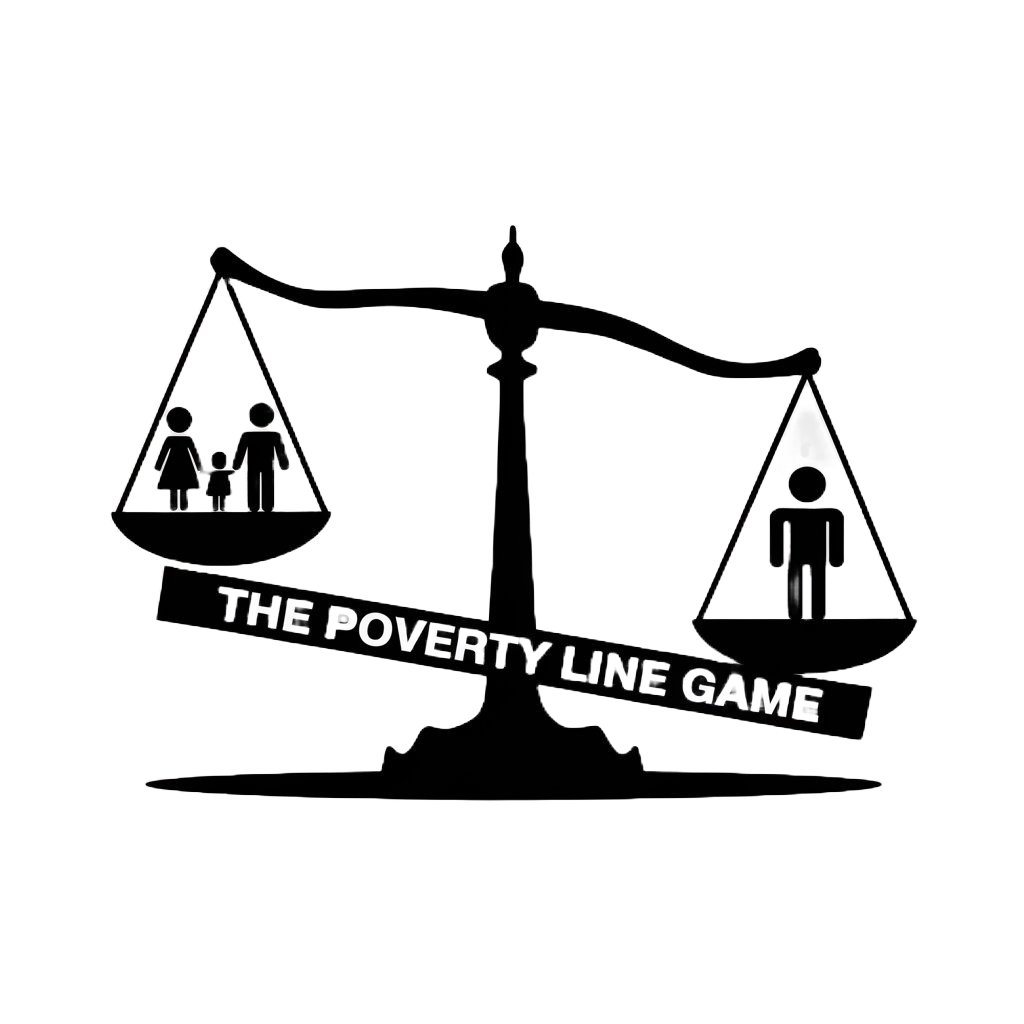
The Poverty Line
Types of Poverty Measures
Income-Based Measures
These measures, like the Official Poverty Measure (OPM), focus solely on household income. They compare income to a predefined threshold to determine poverty status.
Resource-Inclusive Measures
Measures like the Supplemental Poverty Measure (SPM) include non-cash benefits (e.g., food stamps, housing assistance) and adjust for costs like taxes and childcare, offering a more comprehensive view.
Multidimensional Measures
These consider various factors beyond income, such as education, health, and living conditions. The Multidimensional Poverty Index is an example that reflects deprivation across multiple aspects of life.
Relative Measures
Measures like the Relative Poverty Measure define poverty based on a percentage of median income, helping to identify inequality within a society. For example, someone might be considered poor if they earn less than 60% of the median income.
Asset-Based Measures
These focus on the financial resilience of a household. The Asset Poverty Measure assesses if a household has enough savings or assets to cover basic expenses in case of an income loss.